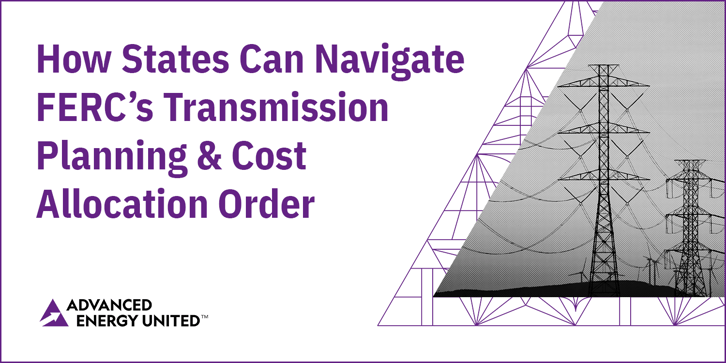
Last May, the Federal Energy Regulatory Commission issued Order No. 1920, a landmark order requiring all transmission providers to engage in multi-value long-term regional transmission planning. The order grants states significant opportunities to engage in this process. In December, the Commission issued Order No. 1920-A, responding to issues raised on rehearing (where parties can argue that the Commission should have ruled differently on specific issues in the final order). Order No. 1920-A expanded the role of states in the planning process. Since then, all the multi-state RTO/ISO regions have requested extensions, giving states and transmission providers additional time to craft compliance plans. States can use this extra time to work together to identify priorities and reach alignment on key questions raised by the order.
Below, we outline the key decisions and actions states can take to influence compliance and to engage in implementation once the planning process begins.

/ISO-NE%20blog%20post%20image.png?width=750&name=ISO-NE%20blog%20post%20image.png)
/Buyers%20Group%20Report%20blog%20post%20Image-745.png?width=745&name=Buyers%20Group%20Report%20blog%20post%20Image-745.png)
/agg%20DER%20border-730.jpg?width=730&name=agg%20DER%20border-730.jpg)